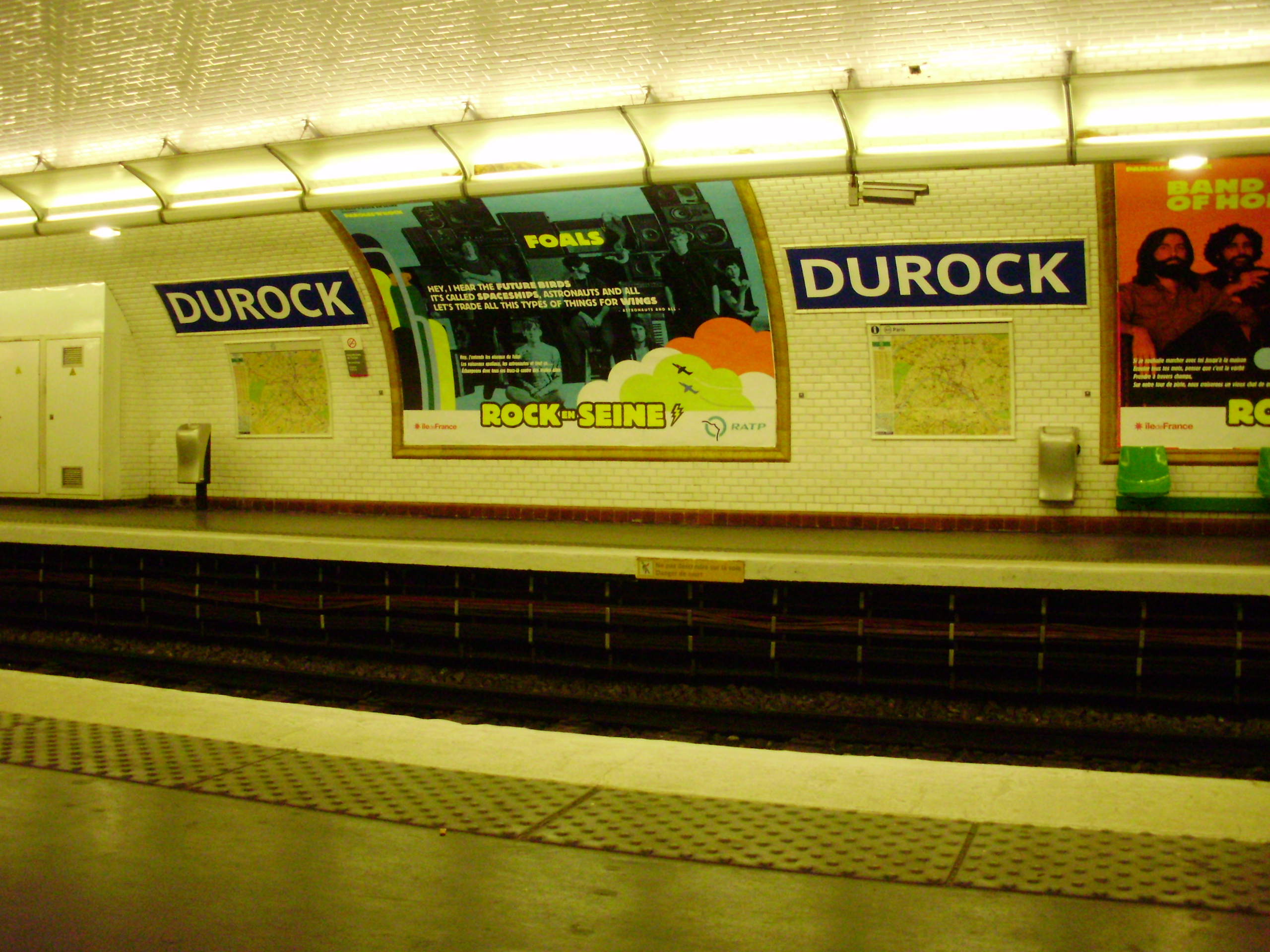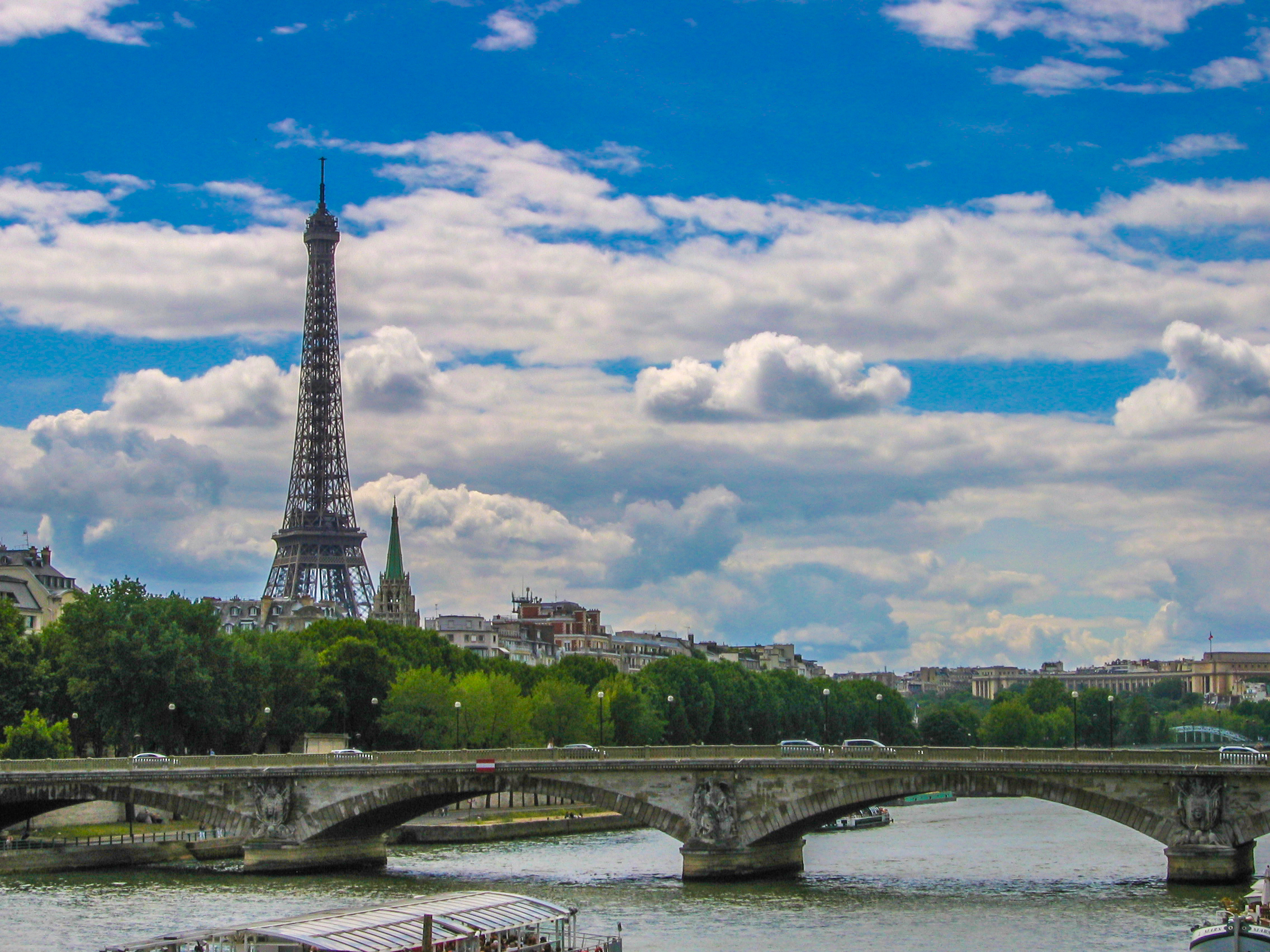|
Paris Métro Line 14 (1937–1976)
Paris Métro Line 14 (planned as Line C; French: ''Ligne 14 du métro de Paris'') was a line of the Paris Métro that existed from 1937 to 1976. History Designed as Line C of the Nord-Sud Company—Line A being today's Line 12 and Line B being today's Line 13—before it went bankrupt in 1930, the project was taken over by the other company operating the Paris Métro: the Compagnie du chemin de fer métropolitain de Paris (CMP), which would become the Régie autonome des transports parisiens (RATP) in 1949. The CMP subsequently started building Line 14 in 1933. In 1976, the line was incorporated into Line 13 with the opening of the extension between Invalides and Champs-Élysées–Clemenceau under the Seine, as Nord-Sud's original plan included a merger of Line B and Line C.Jean Robert, The number 14 was reused for a new line that entered service in 1998 between Madeleine and Bibliothèque François Mitterrand. Chronology * 21 January 1937: Line 14 was inaugurated bet ... [...More Info...] [...Related Items...] OR: [Wikipedia] [Google] [Baidu] |
Paris Métro Line 14
Paris Métro Line 14 (French: ''Ligne 14 du métro de Paris'') is one of the sixteen lines on the Paris Métro. It connects and Aéroport d'Orly (Paris Métro), Aéroport d'Orly on a north-west south-east diagonal via the three major stations of Gare Saint-Lazare, the Châtelet station, Châtelet–Les-Halles complex, and Gare de Lyon. The line goes through the centre of Paris, and also serves the communes of Saint-Denis, Seine-Saint-Denis, Saint-Denis, Saint-Ouen-sur-Seine, Clichy, Hauts-de-Seine, Clichy, Le Kremlin-Bicêtre, Gentilly, Val-de-Marne, Gentilly, Villejuif, Chevilly-Larue, L'Haÿ-les-Roses, Thiais and Paray-Vieille-Poste. The first Paris Métro line built from scratch since the 1930s, it has been operated completely automatically since its opening in 1998, and the very positive return of that experiment motivated the retrofitting of Paris Métro Line 1, Line 1 for full automation. Before the start of its commercial service Line 14 was known as project Météor, ... [...More Info...] [...Related Items...] OR: [Wikipedia] [Google] [Baidu] |
Paris Métro Line 12
Paris Métro Line 12 (opened as Line A; French language, French: ''Ligne 12 du métro de Paris'') is one of the sixteen lines of the Paris Métro. It links Issy-les-Moulineaux, a suburban town southwest of Paris, to Aubervilliers, in the north. With around 54 million passengers per year, Line 12 was the twelfth busiest line of the network in 2021. It has several major stops, such as Madeleine (Paris Métro), Madeleine, Concorde (Paris Métro), Concorde, Porte de Versailles (Paris Métro), Porte de Versailles and two national railway stations, Gare Montparnasse and Gare Saint-Lazare. The service runs every day of the week, and the line uses MF 67 series trains, the network's standard since the early 1970s. Line 12 was founded as Line A by the Nord-Sud Company, who also built Paris Métro Line 13, Line 13. It was built between 1905 and 1910, to connect the districts of Montparnasse, in the south, and Montmartre, in the north. The first trip, from Porte de Versailles to Notre-Dame-d ... [...More Info...] [...Related Items...] OR: [Wikipedia] [Google] [Baidu] |
Invalides (Paris Métro)
Invalides station () is a station on Line 8 and Line 13 of the Paris Métro, as well as a station on RER C. Located in the 7th arrondissement, it is situated near and named after Les Invalides, although La Tour-Maubourg (Line 8) and Varenne (Line 13) are closer to the building. History The Métro station was opened on 13 July 1913 as part of the original section of Line 8 between Beaugrenelle (now Charles Michels on Line 10) and Opéra. The Line 13 platforms were opened on 20 December 1923 as part of the original section of Line 10 between Invalides and Croix-Rouge (a station east of Sèvres – Babylone, which was closed during World War II). On 27 July 1937 the section of Line 10 between Invalides and Duroc was transferred to become the first section of the old Line 14, which was connected under the Seine and incorporated into Line 13 on 9 November 1976. The Palais Bourbon, seat of the National Assembly (the lower house of the French Parliament), is nearby, also ... [...More Info...] [...Related Items...] OR: [Wikipedia] [Google] [Baidu] |
Duroc (Paris Métro)
Duroc () is a station on lines 10 and 13 of the Paris Métro. It is located at the point for which the 6th, 7th and 15th arrondissements share a common border, close to the location of an old toll gate on the road to Sèvres, part of the Wall of the ''Ferme générale'', which was built around Paris between 1784 and 1791 by the ''ferme générale'' company of tax farmers. The station is named after the nearby ''rue Duroc'', which in turn is named after Géraud Duroc, Duke of Frioul (1772–1813), who was one of Napoleon's generals, noted for his friendship with Napoleon Bonaparte, he is sometimes referred to as ‘Napoleon's shadow’ (l'ombre de Napoléon in French). History Line 10's station was opened by the Compagnie du chemin de fer métropolitain de Paris (CMP) on 30 December 1923 as part of the first section of the ''Ligne circulaire intérieure'' (inner circular line) from Invalides (now on line 13) to Croix-Rouge (a station east of Sèvres – Babylone, which was ... [...More Info...] [...Related Items...] OR: [Wikipedia] [Google] [Baidu] |
Montparnasse – Bienvenüe (Paris Métro)
Montparnasse Bienvenue may refer to: * ''Montparnasse Bienvenue'' (film), a 2017 French comedy-drama * Montparnasse – Bienvenüe (Paris Métro), a station of the Paris Métro {{Disambiguation ... [...More Info...] [...Related Items...] OR: [Wikipedia] [Google] [Baidu] |
Bibliothèque François Mitterrand (Paris Métro And RER)
A library is a collection of books, and possibly other materials and media, that is accessible for use by its members and members of allied institutions. Libraries provide physical (hard copies) or digital (soft copies) materials, and may be a physical location, a virtual space, or both. A library's collection normally includes printed materials which may be borrowed, and usually also includes a reference section of publications which may only be utilized inside the premises. Resources such as commercial releases of films, television programmes, other video recordings, radio, music and audio recordings may be available in many formats. These include DVDs, Blu-rays, CDs, cassettes, or other applicable formats such as microform. They may also provide access to information, music or other content held on bibliographic databases. In addition, some libraries offer creation stations for makers which offer access to a 3D printing station with a 3D scanner. Libraries can vary widely ... [...More Info...] [...Related Items...] OR: [Wikipedia] [Google] [Baidu] |
Madeleine (Paris Métro)
Madeleine station () is a station on lines 8, 12 and 14 of the Paris Métro in central Paris and the 8th arrondissement. Location The station is located under the Place de la Madeleine, the platforms being positioned: * on Line 8, east of the square and oriented approximately east-west, along the axis of Boulevard de la Madeleine (between Concorde and Opéra stations)); * on Line 12, also east of the square and oriented approximately north-south, curved along the axis of the side carriageway of the said square on the one hand, and Rue Tronchet on the other hand, (between Saint-Lazare and Concorde); * on Line 14, northeast of the square and oriented approximately northwest/southeast, along the axis of Rue de Sèze (between Saint-Lazare and Pyramides). History The station was opened on 5 November 1910 as part of the original section of the Nord-Sud Company's line A between Porte de Versailles and Notre-Dame-de-Lorette. It is named after the nearby Église de la Madeleine, w ... [...More Info...] [...Related Items...] OR: [Wikipedia] [Google] [Baidu] |
Seine
The Seine ( , ) is a river in northern France. Its drainage basin is in the Paris Basin (a geological relative lowland) covering most of northern France. It rises at Source-Seine, northwest of Dijon in northeastern France in the Langres plateau, flowing through Paris and into the English Channel at Le Havre (and Honfleur on the left bank). It is navigable by ocean-going vessels as far as Rouen, from the sea. Over 60 percent of its length, as far as Burgundy (region), Burgundy, is negotiable by large barges and most tour boats, and nearly its whole length is available for recreational boating; Bateaux Mouches, excursion boats offer sightseeing tours of the river banks in the capital city, Paris. There are 37 List of bridges in Paris#Seine, bridges in Paris across the Seine (the most famous of which are the Pont Alexandre III and the Pont Neuf) and dozens List of crossings of the River Seine, more outside the city. A notable bridge, which is also the last along the course of ... [...More Info...] [...Related Items...] OR: [Wikipedia] [Google] [Baidu] |
Paris Métro Line 13
Paris Métro Line 13 (opened as Line B; French: ''Ligne 13 du métro de Paris'') is one of the sixteen lines of the Paris Métro. It was built by the Nord-Sud Company before becoming Line 13 when the Nord-Sud was merged into the Compagnie du chemin de fer métropolitain de Paris (CMP) in 1930. Line 13 was extended in 1976 to reach the northern end of Line 14, which was then absorbed into it. The number 14 was eventually reused for a new line in 1998. Line 13 was once planned to be replaced by a north–south RER line, but this was cancelled after the reorganisation of the Île-de-France region in 1965. Today, Line 13 connects the western part of Paris to the suburbs of Asnières-sur-Seine, Gennevilliers, Clichy, Saint-Denis and Saint-Ouen-sur-Seine in the north and to Malakoff, Vanves, Châtillon and Montrouge in the south. Serving 32 stations, it is the network's fifth busiest line, with 131.4 million passengers in 2017. The line will be automated in the early 2030 ... [...More Info...] [...Related Items...] OR: [Wikipedia] [Google] [Baidu] |
Paris Transit Icons - Métro
Paris () is the Capital city, capital and List of communes in France with over 20,000 inhabitants, largest city of France. With an estimated population of 2,048,472 residents in January 2025 in an area of more than , Paris is the List of cities in the European Union by population within city limits, fourth-most populous city in the European Union and the List of cities proper by population density, 30th most densely populated city in the world in 2022. Since the 17th century, Paris has been one of the world's major centres of finance, diplomacy, commerce, culture, Fashion capital, fashion, and gastronomy. Because of its leading role in the French art, arts and Science and technology in France, sciences and its early adoption of extensive street lighting, Paris became known as the City of Light in the 19th century. The City of Paris is the centre of the Île-de-France region, or Paris Region, with an official estimated population of 12,271,794 inhabitants in January 2023, or ... [...More Info...] [...Related Items...] OR: [Wikipedia] [Google] [Baidu] |





